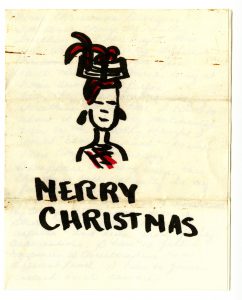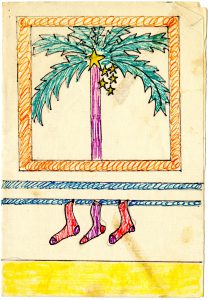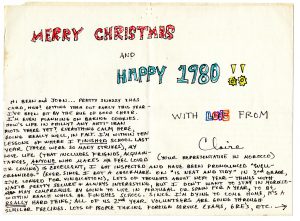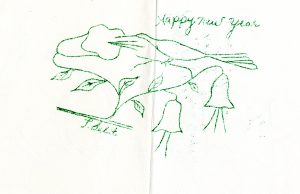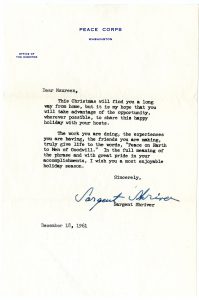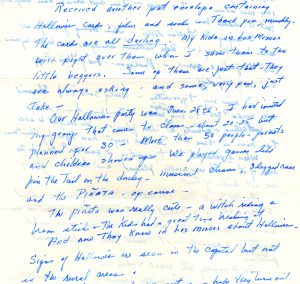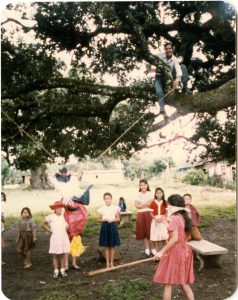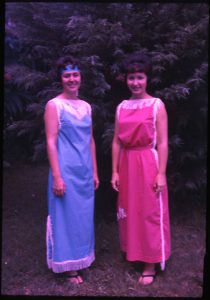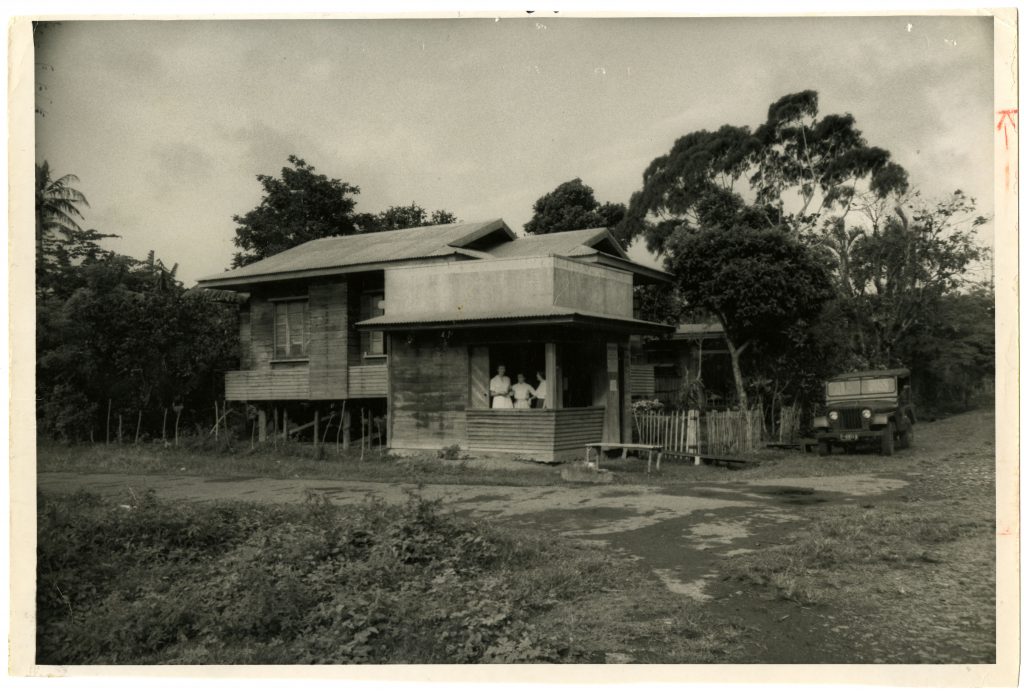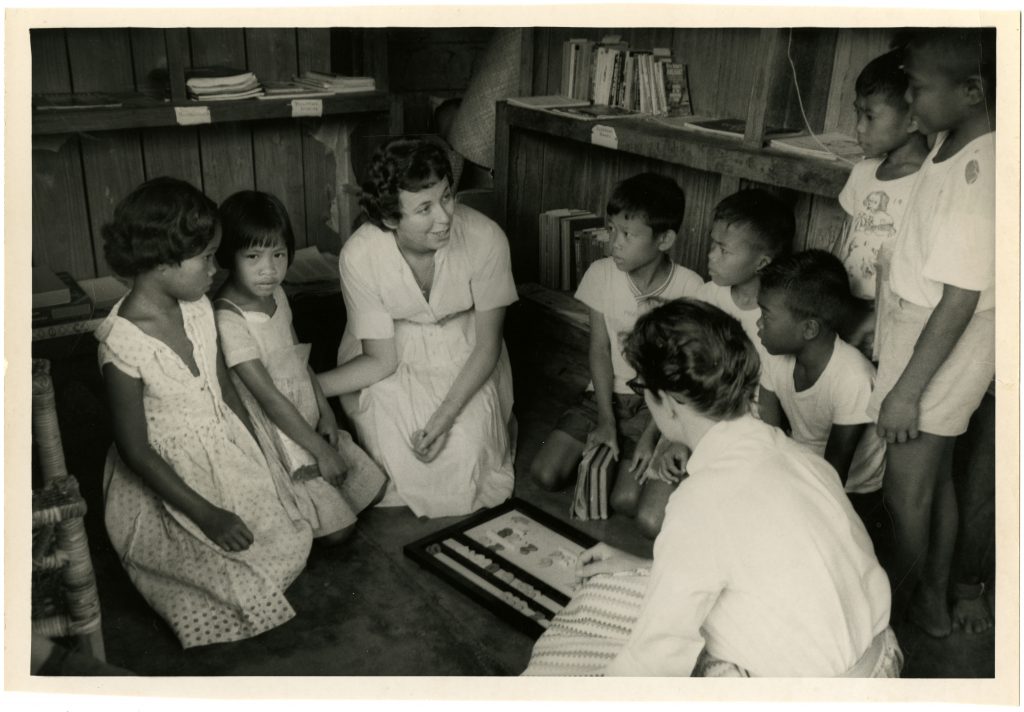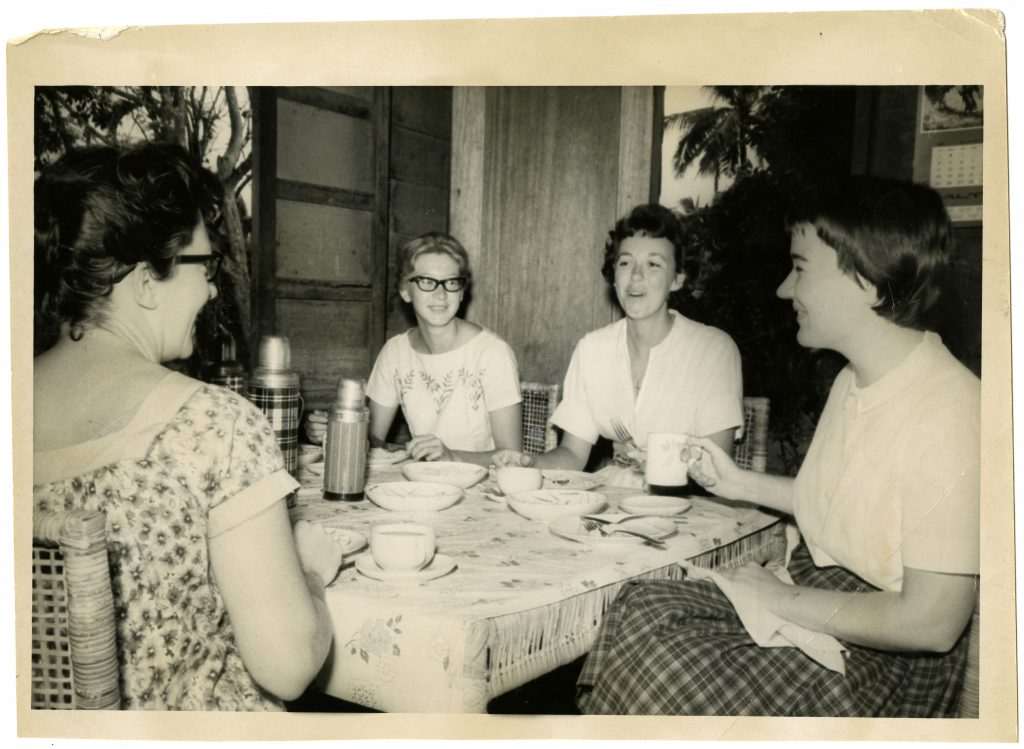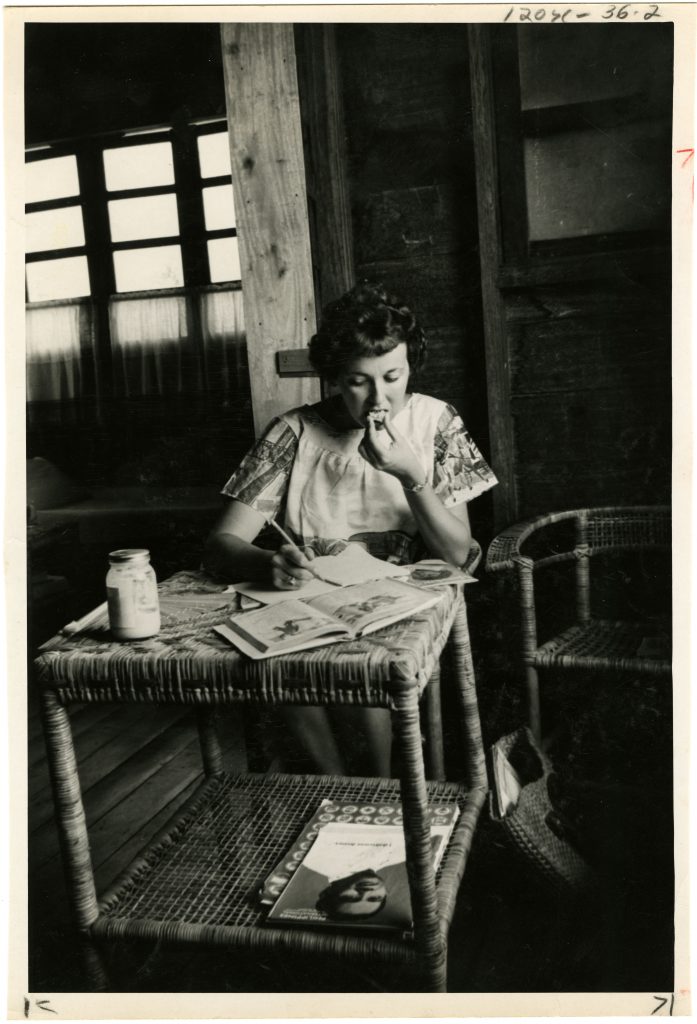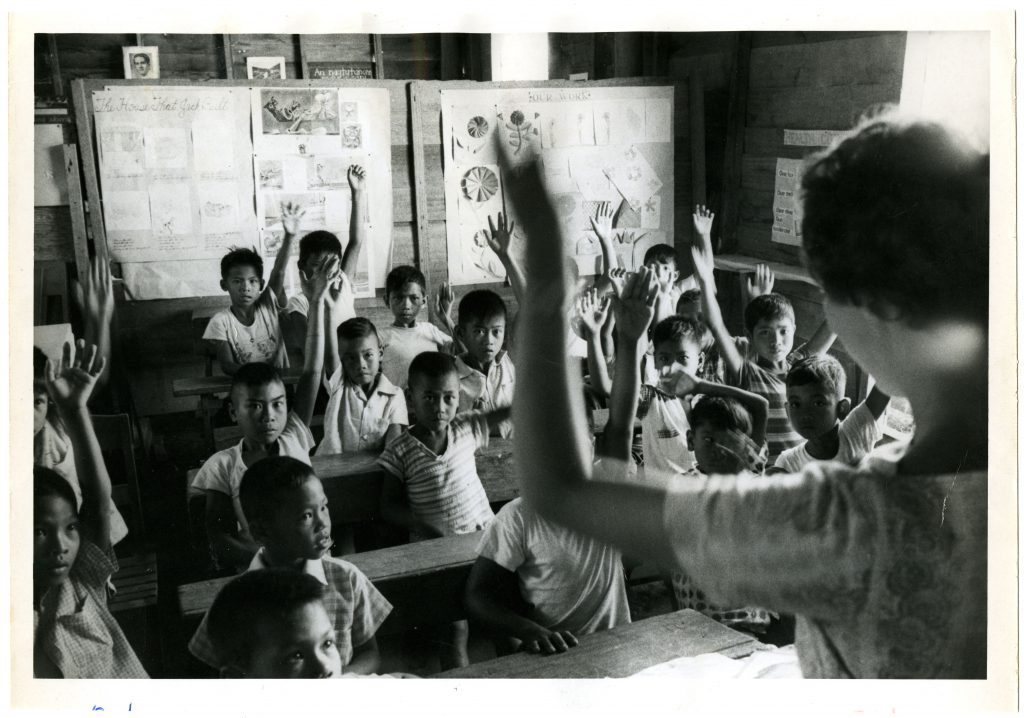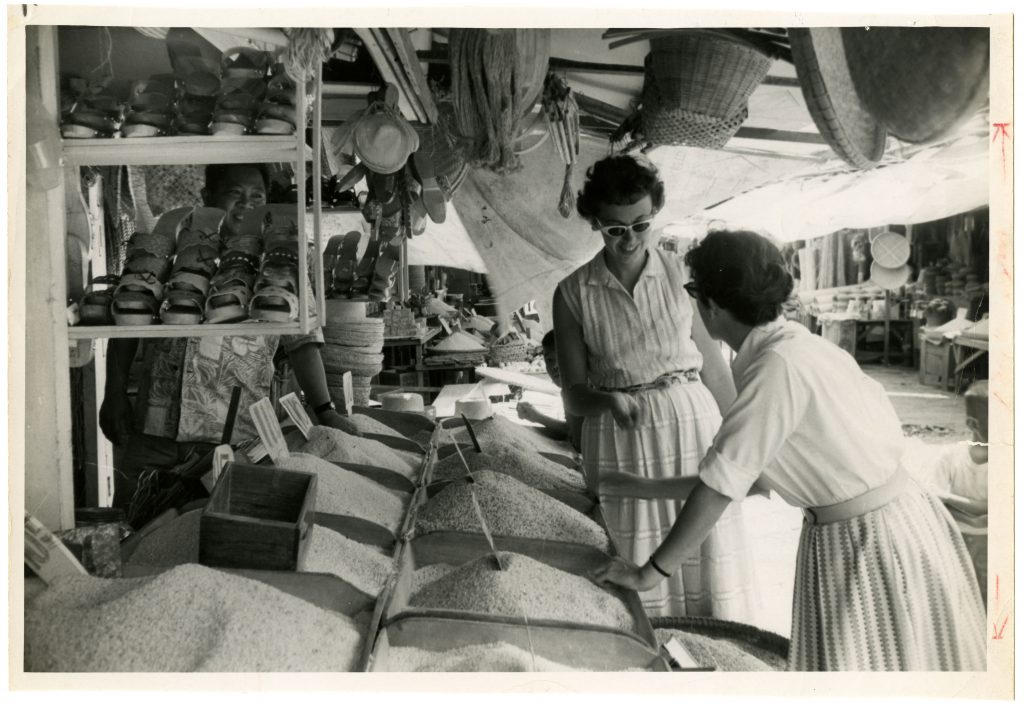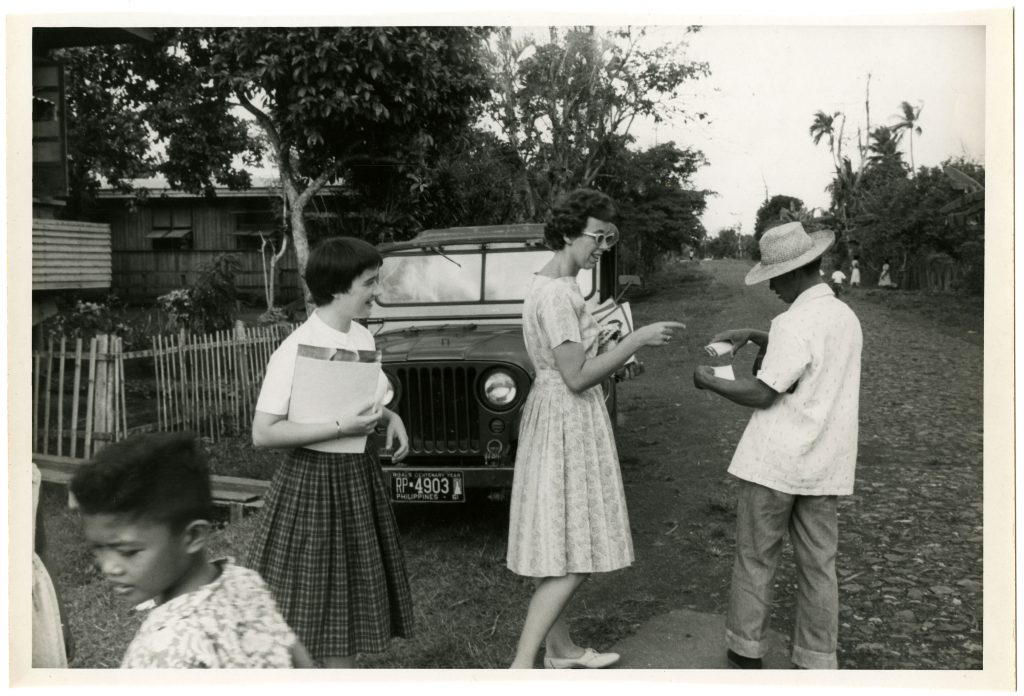The Peace Corp Community Archive accepts many types of records of volunteers from every decade, every country of service, and every type of service job. Though we did not accept donations for part of 2017, we added 6 unique collections to the archives that include a wide range of Peace Corps experiences. We featured some of these collections in previous posts but here you can learn about them in detail.
Phillip L. Scholl
Phillip served in India from 1965-1967 in Health Education. India faced many health crises in the 1960s and its government requested help from the Peace Corps. Philip’s group, India 20A, received training in public health and assisted India’s Primary Health Centers, which provided health care services throughout the country. Phillip donated a video about his travels through India.
You can watch the video here: India 20A Video
Visit the groups website here: India 20A Website
And see a previous highlight post about this collection here: India 20A Post
Jan and Leslie Czechowski
Jan and Leslie decided to volunteer after they retired at the age of 64 and are two of the oldest volunteers in the collection. They donated a booklet that contains, in chronological order, their blog posts and emails from their service. The couple served in Moldova in 2012 in Community Development. Leslie’s main job was helping with the Global Libraries project funded by the Bill and Melinda Gates Foundation. They enjoyed their time in Moldova immensely but had to cut their service short because Leslie became ill. A number of Peace Corps Volunteers end their service early for a variety of reasons.
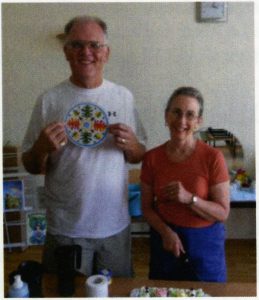
Jan and Leslie – June 22, 2012

Friday, August 3rd, 2012 – Sworn in as Peace Corps Volunteers
Delwyn and Claire Ziegler
Delwyn and Claire, with their two daughters, were among the first Peace Corps Volunteer Families. They served in Colombia from 1970-1972 in Community Development and Education. They donated a manual entitled, “Guide to Small Business Consultation,” which was compiled by Delwyn, and a 500+ page diary consisting of correspondence, notes, daily updates, and other writings from their service. The Ziegler’s were one of only two families that stayed the full two years and said “it was the best two years of our lives.” The Peace Corps discontinued the families program after a few years.
You can find their diary here: Diary of the Zieglers in Colombia
Lynda Smith-Nehr
Lynda served in the Philippines from 1962-1964 in Education. Her collection consists of the many slides she took during her service. The slides show pictures of the villages she worked in, the people she worked with, and the places she traveled. Lynda experienced a lot during her service.

April 1963 – My Junior Class – Mt. Apo
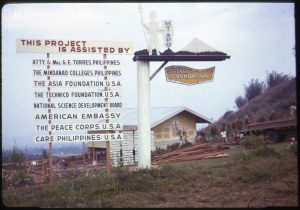
Davao Mt. Apo School – April 1963
Thomas J. Hassett
Thomas served in Nepal from 1965-1966 in Community Development. His fellow volunteers described him as easy to get along with and perfect for the Peace Corps. However, Thomas’s time in the Peace Corps was cut short by an unfortunate fall on his way to visit a friend. At the age of 22 Thomas passed away and was buried in Nepal. Included in his collection are letters to and from his family and friends, condolence letters to his parents, and photos of his work and burial service. Tom’s parents paid for a memorial for him and visited his grave in 1966.

“Thomas J. Hassett, Russian novelist phase – June 1966”

“L to R: ?? Sam Myqatt (partially hidden) by another in front of Bill Hanson. Blond is Cail Hoshicka. Father Moran, Minister.”
Tina Singleton
Tina served in the Central African Republic and Benin from 1992-1996. She worked in Health Education with a focus on Benin’s disabled community. She traveled to the first African Special Olympics in 1992. Tina enjoyed her time so much she stayed twice as long as a normal service tour. Tina’s collection itself consists of numerous letters to her family and many (many) photos that illustrate her time in Africa.

Tina’s school class, she is second from the left.

1992 – First African Special Olympics
As you can see from just this small group of collections, a Peace Corps Volunteer’s experience can vary greatly. Every year new collections are donated to the Peace Corps Community Archive that add to these stories.

